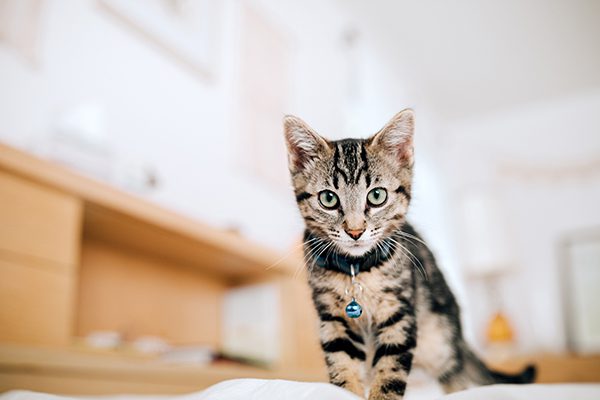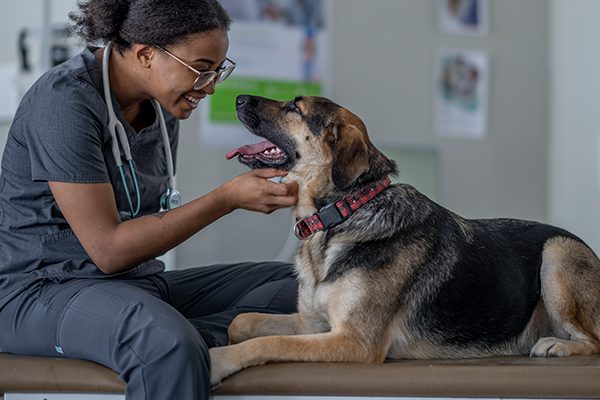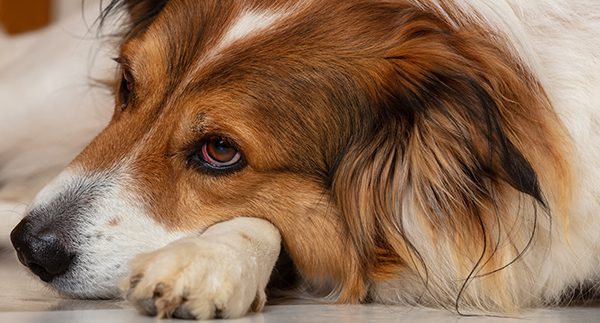Clifton Park Cat Owners: How to Tell if Your Cat is in Pain
Cats are some of the most finicky creatures on this planet. They’re picky, difficult, and it’s often hard to tell if anything is actually wrong with them because they’re so dramatic. If you have a cat, you’ve probably experienced the crying, the weird noises, the begging for attention and then swiftly changing their mind.

Honestly, this is one of the reasons that a lot of people adore cats. They know what they want and when they want it and they’re not afraid to tell you.
However, when they’re actually in pain, they may try and hide it which can make it difficult to actually know when something’s wrong.
Cats Tend to Hide That They’re in Pain
The truth is, you know your cat better than anyone else. You know what their typical behaviors are and what is considered “normal” for them. The reason cats tend to hide their pain is actually evolutionary.
When cats were wild and feral, they would need to seem tough to not become prey or to be abandoned by their companions. Physical weakness and pain were seen as a sign of vulnerability which would not be ok.
So, it’s a natural and instinctive response for your kitty to make it seem like she’s ok.
Hiding Is Usually a Sign Your Cat is in Pain
Of course, there are a few signs to look for if you suspect your cat might be in pain. You will have to think about how your cat normally acts and see if the behavior is worse or more pronounced.
For example, one sign of pain is hiding. If your cat is naturally shy and her favorite sleeping spot is in the closet, you have to take this with a grain of salt. However, if your cat always comes out when you shake her food but that has suddenly stopped, it could be because she’s hiding and in pain.
Your Cat is Visually Uncomfortable
Another sign of pain in cats is sitting still and hunched up in an uncomfortable way. If you walk right by and they don’t move and you get the feeling that moving causes pain, that’s probably the signal your kitty is trying to give you.
You can also look for changes in your cat’s grooming routine. If you notice them not grooming at all or if they’re focusing on one certain spot that could be a sign of pain. Just like us, if a cat is in pain, they don’t care about making their fur look pretty.
They just want to rest and for the pain to stop. On the flip side, if your cat is obsessively grooming one paw, that could mean that the paw is in some sort of pain and they’re trying to fix it. Gently take a look at the spot they won’t leave alone and see if you can find an open sore, thorn, or any other reason for pain.
Changes in Your Cat’s Behavior
If you’re in a multi-cat home or have a dog or other pet that your cat regularly interacts with, look for changes in this behavior as well. If your cat loves to be the center of attention and suddenly loses interest in you or her companions, she might be in pain.
If your cat is naturally not into your other pets or you, look for new aggression to keep everyone away. Hissing at your touch or cowering away when your other cat or dog approaches could mean that something else is going on.
However, if you have a normally shy cat and they all of a sudden become needy, that could be them showing you that they need help and are in pain.
Vocal Changes in Your Cat
You should also take note of any vocal changes in your cat. If you have a regularly vocal cat who likes to chat all day, it could be a sign of pain if she goes quiet.
The same goes for the opposite. If you notice that your quiet cat is now meowing, chirping, and purring nonstop, it could be that they’re trying to communicate with you.
Remember, cats don’t meow for other cats. That’s done specifically to communicate with humans. So, if you have a pretty chatty cat and they suddenly aren’t being vocal with you, it may be a sign that something is wrong.
Diet and Bathroom Problems
Other signs to look for are doing her business outside of the litter box or loss of appetite. It’s good practice to clean your cat’s litter box daily so that you can take a mental note of what’s in there.
If you notice that there are less clumps, that could be a problem. Check her water and food intake as well. Often, cats will stop eating or drinking if they’re in pain.
If You Notice These Signs, Your Cat Might Be in Pain
If you notice any of the above signs or have any concerns about your cat’s demeanor, you should call your vet first and foremost.
At Cornerstone Veterinary Hospital of Clifton Park, we’re here for all your pet care needs. We are an AAHA-Accredited practice, so your cat is in good hands with us. We also have several staff members that are Fear Free Certified Professionals to make sure your cat has a stress-free visit and feels comfortable the whole time.
Don’t hesitate to give us a call with any questions regarding your cat’s health and well-being!
Recent Posts
11 Ways to Help Prevent Fleas and Ticks on Dogs
11 Ways to Help Prevent Fleas and Ticks on Dogs As a pet parent, you want to…
What Does It Mean To Be A Fear Free Certified Vet Professional?
What Does It Mean To Be A Fear Free Certified Vet Professional? When looking for a new…
10 Causes of Dog Eye Redness and What You Should Do
10 Causes of Dog Eye Redness and What You Should Do When your dog’s eyes are red…
About Us
Originally opened as Animal Care Hospital by Dr. Mark Johnston in 1989, the hospital became Cornerstone Veterinary Hospital in 2015 when it was purchased by Drs. Alan and Lisa Knott. The name 'Cornerstone' holds a special place in their hearts, representing not only their Christian faith but also their commitment to being the cornerstone of the community in which they practice. As a family-owned and operated practice, every pet is treated as part of the family, ensuring they receive the highest standard of care. The team at Cornerstone Veterinary Hospital is dedicated to building lasting relationships with clients and their beloved pets, striving to be the cornerstone of the community in which they practice.



